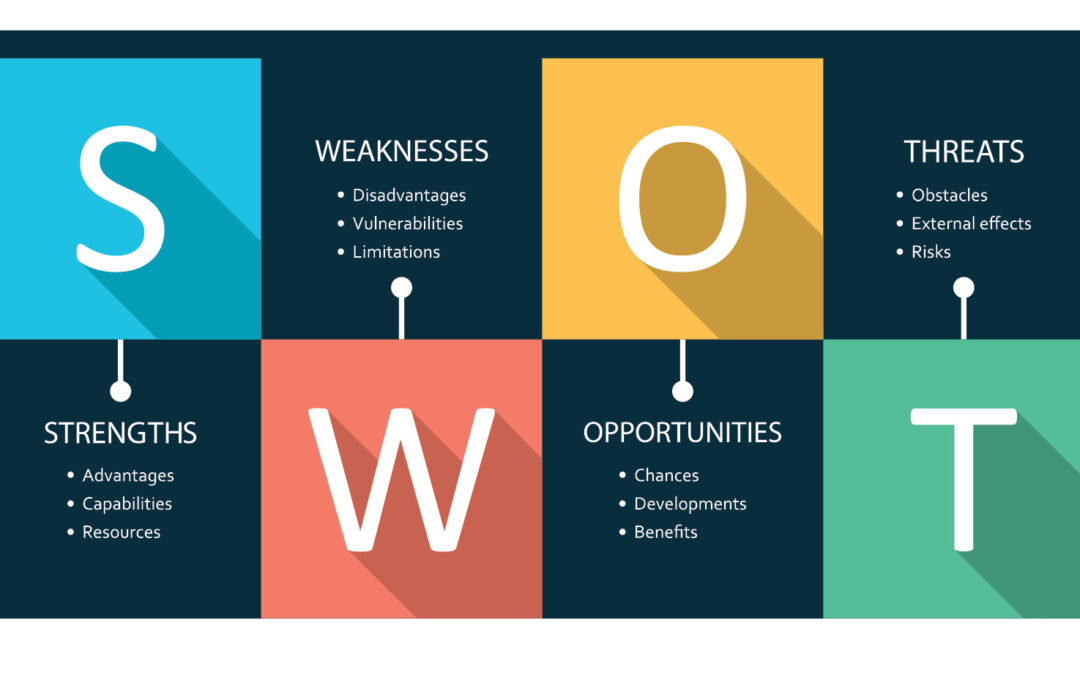
Working from home can be good for you in many ways. Here are some of the benefits:
- Better work-life balance: When you work from home, you can save time on commuting, which can give you more time for your personal life. You also have more flexibility in your schedule, so you can work around your other commitments, such as childcare or doctor’s appointments.
- Reduced stress: The lack of a commute can also help to reduce stress. Commuting can be a stressful experience, especially if you have to deal with traffic or public transportation. Working from home can also help you to avoid distractions from coworkers or other people in the office.
- Improved productivity: Some people find that they are more productive when they work from home. This is because they can work in a more comfortable environment with a flexible work schedule allowing them to work when they feel the most productive.
- Increased savings: Working from home can save you money on things like transportation, food, and clothing.
- Improved health: Working from home can give you more opportunities to exercise and eat healthier. You can also take breaks throughout the day to stretch or walk around.
However, there are also some potential drawbacks to working from home. These include:
- Loneliness: Some people find that they feel lonely or isolated when they work from home. This can be especially true if you don’t have a lot of social interaction outside of work.
- Distractions: It can be easy to get distracted when you work from home. You may be tempted to check social media, watch TV, or do other things that are not work-related.
- It can be difficult to separate work from home life: When you work from home, it can be hard to switch off from work when you’re not in the office. This can lead to burnout.
Overall, working from home can be a good option for many people. However, it’s important to weigh the benefits and drawbacks before making a decision. If you think that working from home would be a good fit for you, here are some tips for making it successful:
- Set up a dedicated workspace in your home. This will help you to stay focused and productive.
- Set boundaries between your work life and your home life. This means not checking work emails or taking work calls outside of work hours.
- Make sure to take breaks throughout the day. Get up and move around, or step outside for some fresh air.
- Stay connected with your colleagues. This could involve setting up regular video calls or chat groups.
If you follow these tips, you can make working from home a positive experience.

A SWOT analysis is a strategic planning tool. It is a useful for businesses of all sizes, as it can help you make better decisions about your products, marketing, and overall strategy.
The acronym SWOT stands for:
- Strengths: These are the things that your business does well. They could include your products, services, employees, or marketing strategies.
- Weaknesses: These are the areas where your business could improve. They could include your financial performance, customer service, or product development.
- Opportunities: These are the external factors that could help your business grow. They could include new markets, technological advancements, or changes in consumer behavior.
- Threats: These are the external factors that could harm your business. They could include competition, changes in regulations, or economic downturns.
To conduct a SWOT analysis, you will need to gather information about your business and the external environment. You can do this by conducting market research, talking to customers, and analyzing your financial data. Once you have gathered this information, you can start to identify your strengths, weaknesses, opportunities, and threats.
Once you have identified your SWOT factors, you can start to develop strategies to capitalize on your strengths, address your weaknesses, take advantage of opportunities, and mitigate threats. For example, if you have a strong brand, you could use this to launch new products or enter new markets. If you have a weak customer service department, you could invest in training or hire new staff.
A SWOT analysis is a valuable tool for businesses of all sizes. By taking the time to conduct a SWOT analysis, you can gain a better understanding of your business and the external environment. This will help you make better decisions about your products, marketing, and overall strategy.
Here are some additional tips for conducting a SWOT analysis:
- Be honest. When you are identifying your strengths and weaknesses, be honest with yourself. Don’t sugarcoat your weaknesses, as this will only hurt you in the long run.
- Be specific. When you are identifying your opportunities and threats, be specific. Don’t just say that there is a “threat” from competition. Instead, identify specific competitors and their strengths.
- Be timely. The SWOT factors that are important today may not be important tomorrow. Make sure to update your SWOT analysis on a regular basis.
A SWOT analysis is a simple but powerful tool that can help you improve your business.

A competitive analysis is the process of researching your competitors to learn more about their strengths, weaknesses, products, and marketing strategies. Done properly, a competitive analysis can provide data that informs your strategy and business decisions.
Here are the steps on how to do a competitive analysis:
- Define your goals. What do you hope to achieve? Do you want to identify new market opportunities? Do you want to learn from your competitors’ strengths and weaknesses? Once you know your goals, you can tailor your analysis accordingly.
- Determine what data you need to collect. What information do you need to know about your competitors? This could include their products, pricing, marketing strategies, customer base, and financial performance. Once you know what data you need, you can start collecting it.
- Identify your competitors. Who are your direct and indirect competitors? Direct competitors are businesses that sell the same products or services as you do. Indirect competitors are businesses that sell different products or services, but that compete for the same customers. Once you know who your competitors are, you can start researching them.
- Collect your data. There are a number of ways to collect data about your competitors. You can conduct online research, read industry publications, attend trade shows, and talk to customers. The more data you collect, the better informed your analysis will be.
- Analyze your data. Once you have collected your data, you need to analyze it. This involves identifying your competitors’ strengths, weaknesses, opportunities, and threats. You can use a SWOT (strength, weaknesses, opportunities and threats) analysis to help you with this.
- Use your findings to improve your business. Once you have analyzed your data, you can use your findings to improve your business. This could involve changing your products, pricing, marketing strategies, or customer service. The goal of a competitive analysis is to help you make better business decisions.
Here are some additional tips for doing a competitive analysis:
- Be objective. It is important to be objective when conducting a competitive analysis. Don’t let your personal biases influence your findings.
- Be thorough. The more thorough your analysis is, the more accurate it will be. Make sure to collect data from a variety of sources.
- Be timely. The competitive landscape is constantly changing. Make sure to update your analysis on a regular basis.
A competitive analysis can be a valuable tool for businesses of all sizes. By following these steps, you can conduct a thorough and objective analysis that will help you improve your business.





